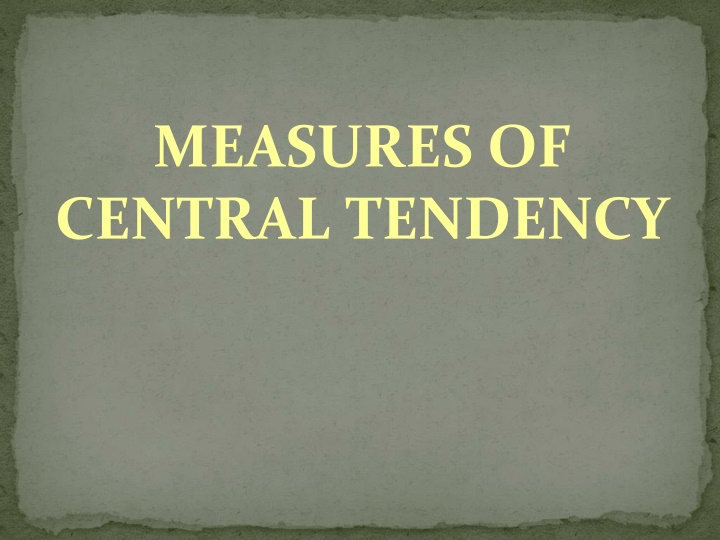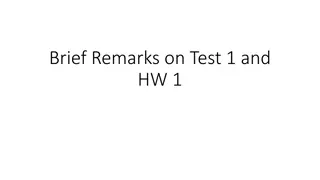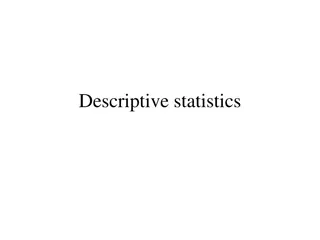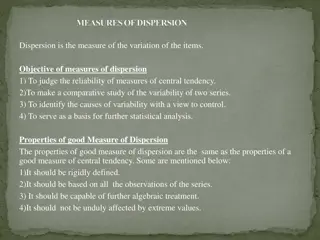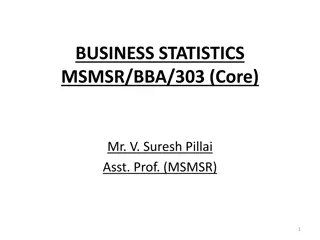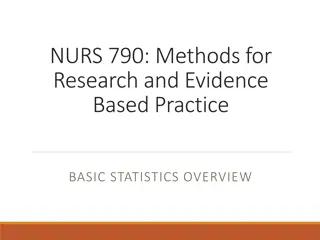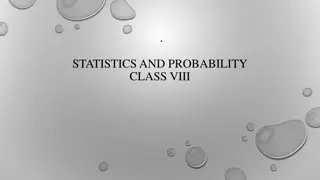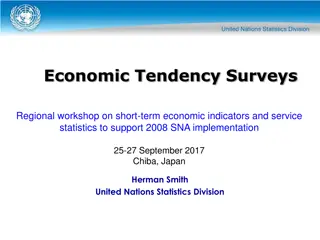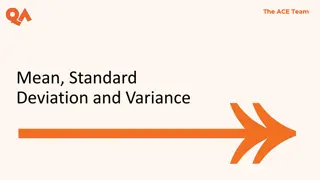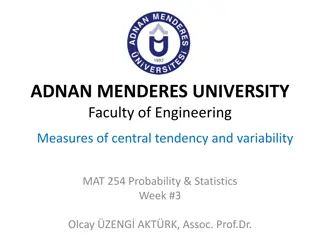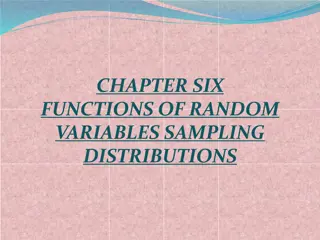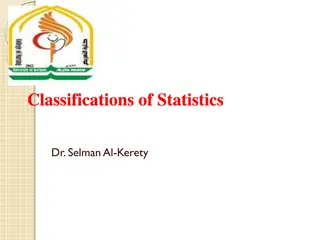MEASURES OF CENTRAL TENDENCY
In data analysis, partition values divide a series into equal points, including Quartiles, Deciles, and Percentiles. Learn the meaning, application, and formulas for these values to analyze data effectively. Explore how Quartiles split data into quarters, Deciles divide data into tenths, and Percentiles segment data into hundredths. Understand computations for different types of series and formulas for calculating Partition Values like Quartiles, Deciles, and Percentiles.
Download Presentation

Please find below an Image/Link to download the presentation.
The content on the website is provided AS IS for your information and personal use only. It may not be sold, licensed, or shared on other websites without obtaining consent from the author.If you encounter any issues during the download, it is possible that the publisher has removed the file from their server.
You are allowed to download the files provided on this website for personal or commercial use, subject to the condition that they are used lawfully. All files are the property of their respective owners.
The content on the website is provided AS IS for your information and personal use only. It may not be sold, licensed, or shared on other websites without obtaining consent from the author.
E N D
Presentation Transcript
MEASURES OF CENTRAL TENDENCY
PARTITION VALUES
Objectives The student will be able to: * Find the meaning of Partition values. * Find the application of formulas of partition values in different series. * Students will able to make easy solutions of numerical practices of Partition Values.
Partition Values Partition values are the values of a series which divide the data into a number of equal points.
Some Partition Values are Median , Quartiles , Deciles , Percentiles etc.
Quartile :- It is the Quarter Value of the series. Quartiles are those values of the variables , which divides the data into 4 equal parts. Thus there are three quartiles known as Q1, Q2, and Q3. 25% of items of a have values less than Q1, 75% of the items have values less than Q3.
Quartiles Split ordered data into 4 Quarters. 25% 25% 25% 25% Q1 Q2 Q3
Deciles :- Deciles are those values of the variable which divides the data into 10 equal parts. Thus there are nine deciles denoted by D1.D2,.........D9. 20% of items of a have values less than D2 . 40% of the items have values less than D4 D7 will have 70% observation on its left side and 30% observation on its right side.
Percentile :- Percentile are those values of the variables, which divides the data into 100 equal parts. Thus their are 99 percentiles denoted by P1,P2,P26,P56........P99. 20% of items of a have values less than P20, 40% of the items have values less than P40
Computation of Partition Values Individual series Discrete series Continuous series
FORMULA FOR PARTITION VALUES In case of Quartile (Q) = ( N+1) 4 In Case of Deciles (D) = (N+1) 10 In case of Percentile (P) = (N+1) 100 In the same way..............
FORMULA FOR PARTITION VALUES In case of 3rdQuartile (Q3) = 3( N+1) 4 In Case of 4thDeciles (D4) = 4(N+1) 10 In case of 28thPercentile (P28)= 28(N+1) 100 And so on...
lets take an Example.... In Discrete series :- Find out 1st(Q1) and 3rd(Q3) quartile , 4th Deciles (D4) and 80thPercentile (P80) 2 2 3 3 4 9 5 6 7 5 MARKS 21 11 FREQUENCY Come ...lets solve it...
Solution:- Compute c.f. first....... MARKS FREQUENCY C.F. 2 5 14 35 46 51 2 2 3 9 3 4 5 21 11 5 6 7
Q1 = size of (N+1)item => 51+1 4 Size of 13thitem lies in the c.f. 14,whose variable is Thus , Q1 = 4 Q3= size of 3(N+1) item 4 Size of 39thitem lies in the c.f. 46,whose variable is Thus , Q3 = 6 D4= size of 4(N+1) item 10 Size of 20.8thitem lies in the c.f. 35,whose variable is 5 Thus , D4 = 5 P80= size of 80 (N+1) item 100 Size of 41.6thitem lies in the c.f. 46,whose variable is 6 Thus , P80 = 6 Size of 13thitem = 4 4 3 (51+1) 4 = 39THItem => 6 => 4 (51+1) = 20.8THItem 10 =>80 (51+1) = 41.6THItem 100
Hence......you found Partition values :- Q3 = 6 Q1 = 4 P80 = 6 D4 = 5
Same Way........ With the same way you can find out Partition Values in individual series as well as continuous series easily...
